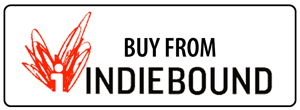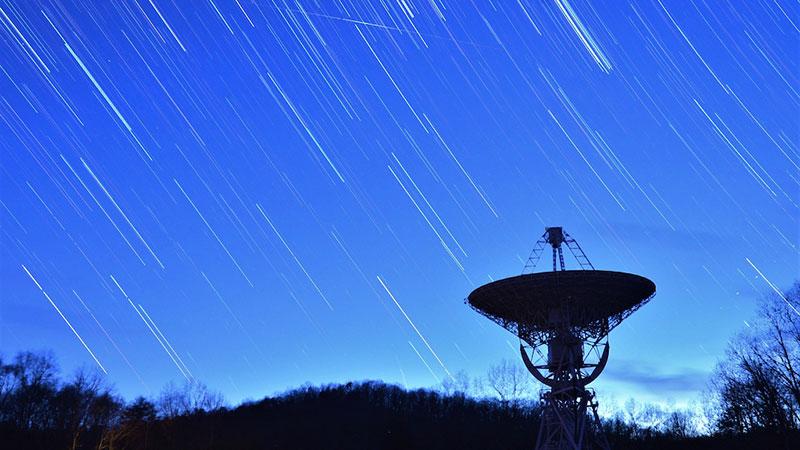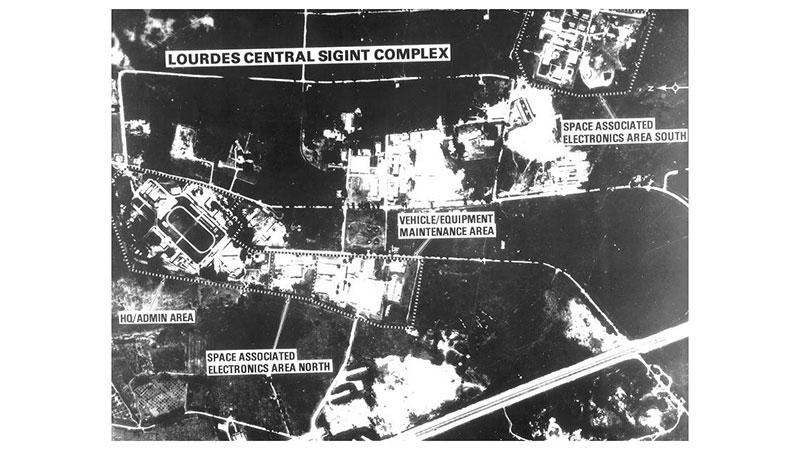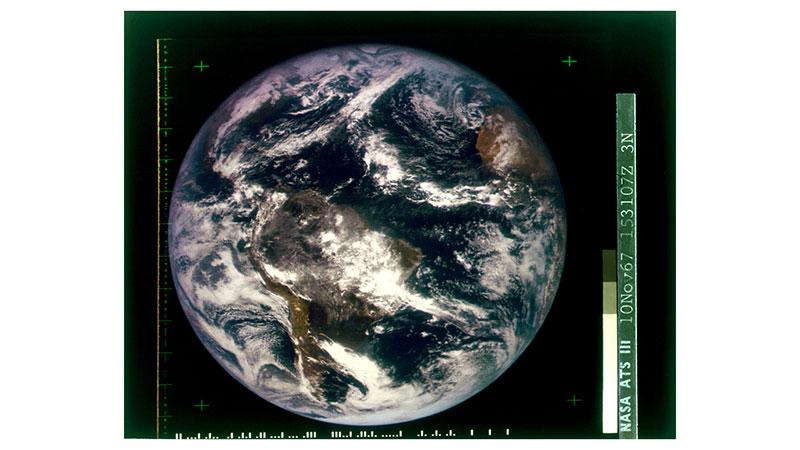Pisgah Astronomical Research Institute: An Untold History of Spacemen & Spies

An Excerpt from the Book
The Day the Russians Came to PARI
During Rosman’s DoD years, the site was off-limits to Soviet, then Russian diplomats and military officials. But after PARI took over in 1998, the facility was opened up once again for domestic and foreign visitors. A former PARI employee offered the following story:
One day in 2003, I got a call from a professor from Brevard College. Some Russian scientists were coming through town on a tour arranged by the Library of Congress, and he asked, “Would you mind if they came to visit PARI?” I said, “Sure, bring them in.”
There were about thirty Russians and two interpreters. We showed them around, gave them an overview of our STEM education program and played our PARI video. When we finished, I asked if they had any questions.
One man stood up and began speaking Russian. Now, I don’t speak Russian, but it was clear that the longer he went on, the more agitated he became. After he stopped, the interpreter put her head down and shook it from side to side. In a low voice she said, “I’m sorry to say this but this man claims what you’re saying is all a big lie and that you are still spying on Russia from this location.”
“Well,” I said, “there’s nothing I can say to convince him otherwise, so I won’t even try.”








